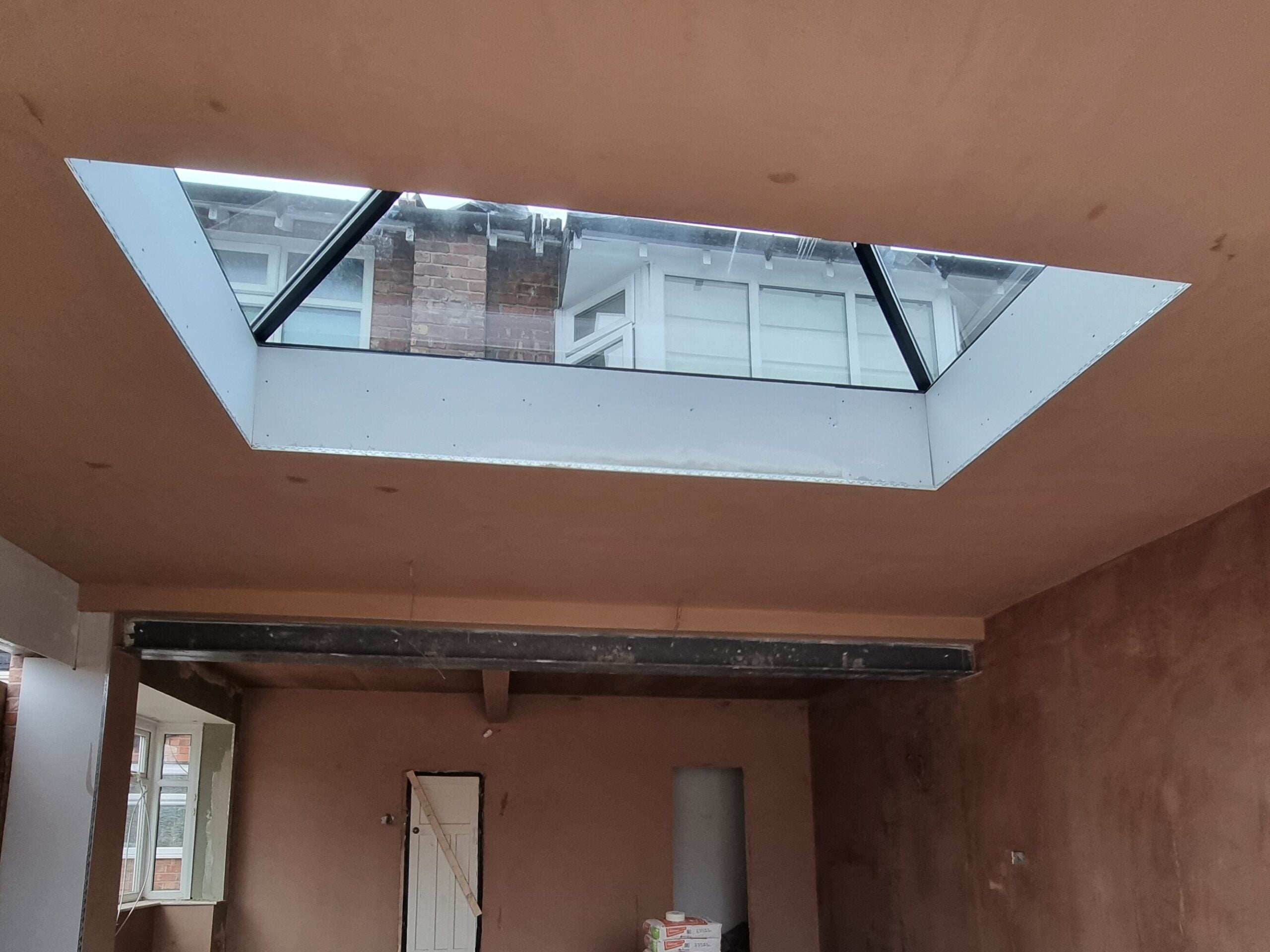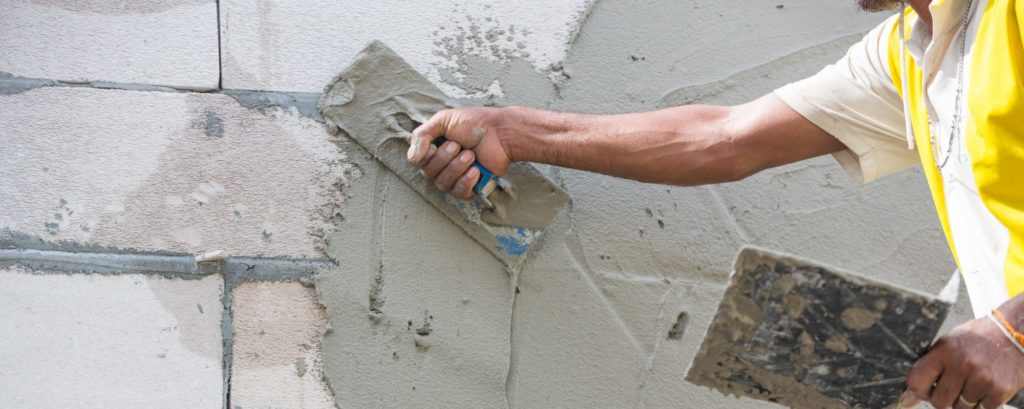Business Plastering: High-Quality Solutions for Office and Retail Spaces
Wiki Article
Comprehending the Necessary Strategies of Gluing for Home Renovation Projects
In the realm of home enhancement, grasping the vital strategies of plastering can considerably enhance both the capability and aesthetic allure of a room. The plastering process incorporates vital phases, from meticulous surface prep work to the precise application of materials.Kinds Of Gluing Strategies
Although various gluing methods exist, each offers an unique purpose and provides distinctive visual high qualities. One of one of the most common approaches is conventional lime plastering, which is known for its breathability and adaptability. This technique is specifically helpful for older structures, permitting dampness to run away while keeping structural honesty.One more extensively utilized technique is gypsum plastering, which entails the application of a quick-setting compound. It offers a smooth coating and is ideal for interior walls and ceilings, making it a prominent choice in contemporary building and construction. For an extra distinctive appearance, trowel-on plastering strategies such as stucco and Venetian plaster are typically used. Stucco, generally utilized in outsides, supplies sturdiness and weather resistance, while Venetian plaster is renowned for its extravagant, refined coating.
Furthermore, there are much more specialized strategies, such as skimming, which is a process that entails applying a thin layer of plaster over existing surface areas to produce a smooth finish. Each of these methods can drastically affect the total visual and functionality of a space, making it vital to choose the appropriate method based on the certain needs of a task.

Devices and Materials Needed

The hawk offers as a platform to hold the plaster, while the trowels, readily available in various sizes, are important for application and smoothing. A float, frequently made of rubber or sponge, is used to accomplish an uniform finish.

Spending in top notch devices and materials eventually contributes to an extra effective plastering task, yielding a long lasting and aesthetically pleasing coating. Effectively geared up, you lay the groundwork for efficient plastering and home renovation.
Step-by-Step Plastering Process
With the right devices and products in hand, the next stage entails implementing the gluing process with accuracy. Begin by preparing the surface area to guarantee optimum adhesion. Eliminate any type of loose debris, dust, or old plaster, and use a bonding agent if needed.Once the surface area is prepped, blend the plaster according to the manufacturer's instructions, accomplishing a smooth, lump-free consistency. Utilizing a trowel, use the initial coat, understood as the scrape layer, to a density of about 5-10 mm. Guarantee consistent insurance coverage, and make use of a comb or scratcher to produce grooves for much better adhesion of succeeding layers.
After enabling the scrape coat to establish partially, use the 2nd coat, or the brownish coat, smoothing it out for an even surface. Permit this layer to completely dry, generally for 24-48 hours, depending on the problems. Ultimately, use the ending up coat, which need to be thinner and smoother. Plume the edges to blend right into the bordering surface area, achieving a seamless appearance.
Once the plaster has actually dried completely, it can be sanded lightly to remove blemishes. Follow up with a primer before paint for a polished final look.
Usual Errors to Stay Clear Of
Stopping working to recognize common errors can dramatically influence the quality of your plastering project. Neglecting to repair any underlying issues, such as wetness or structural damages, can compromise the plaster's stability.
Timing is additionally vital; numerous unskilled plasterers hurry the application. Permitting the preliminary layer to dry completely before using subsequent layers is necessary to protect against extreme fracturing and contraction.
In addition, not using the right devices click over here can prevent the completing process. Utilizing trowels that are too huge or small can influence your control and the smoothness of the coating.
Tips for Finishing Touches
Attaining a perfect surface in plastering calls for attention to detail and a couple of critical strategies. When the first application has dried, start the finishing procedure by using a wet sponge or trowel to ravel any type of flaws. This step not only boosts the surface area yet additionally aids to eliminate any type of excess try this plaster that may have dried unevenly.Following, consider making use of a fine-grit sanding block or pole sander for a more sleek look. Sanding need to be done carefully to prevent damaging the underlying layer - Plastering. Always use a mask to secure against dirt breathing
After fining sand, evaluate the surface under different lights conditions to determine any type of missed out on places or disparities. Apply a thin layer of ending up plaster if necessary, feathering out the sides to blend seamlessly with the bordering location.
Conclusion
To conclude, grasping vital plastering strategies considerably enhances the quality of home enhancement jobs. Understanding the numerous sorts of smudging approaches, making use of suitable tools and materials, and sticking to a systematic application procedure add to accomplishing a smooth and sturdy surface. By preventing common blunders and implementing finishing touches properly, the total aesthetic charm and performance of remodelled rooms are guaranteed. These techniques inevitably result in rewarding and effective home enhancement results.In the realm of home renovation, understanding the vital methods of gluing can significantly improve both the functionality and aesthetic appeal of a room.Although various plastering strategies exist, each offers a distinct objective and supplies distinct visual qualities. Plastering. For an extra textured look, trowel-on plastering methods such as stucco and Venetian plaster are frequently employed. Stucco, frequently used in outsides, blog here gives longevity and weather resistance, while Venetian plaster is renowned for its extravagant, sleek finish
Frequently made use of plaster kinds consist of gypsum plaster, lime plaster, and cement-based plaster, each offering different functions and settings.
Report this wiki page